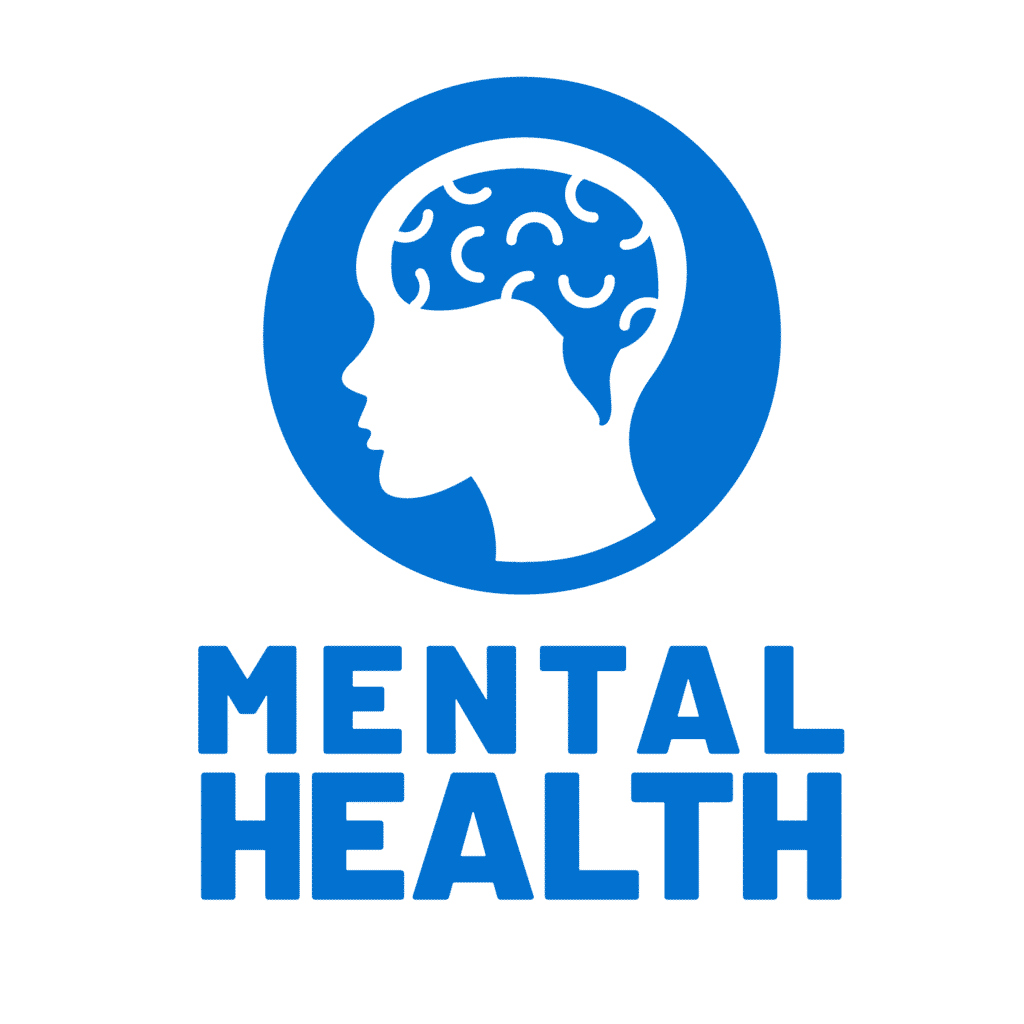About Mental Wellness
Mental Wellness, commonly referred to as Mental Health, has become a critical discussion point on college and university campuses in the past few years, specifically on how institutions can help with the increase in mental illnesses, such as depression and anxiety.
To better understand the state of mental health on our college and university campuses, we must understand how far reaching it is. So, let's break down the numbers reported via the National Alliance on Mental Illness (NAMI):
- 75% of all mental illnesses begin between the ages of 15-24.
- 78% of college students with mental health-related issues seek help from a peer before a professional.
- 50% of students reported receiving no mental health education.
Key Focus Areas for Mental Wellness

Campus Statistics
Terminology
Mental Illness Overview
Anxiety and Depression
Warning Signs and Stressors
Ending the Stigma and Creating a Positive Environment
Mental Wellness Terminology
To fully understand the state of mental health on college and university campuses, it is best to know commonly used terminology when discussing this important topic.
Mental Health - A state of well-being in which every individual realizes his or her own potential, can cope with normal stresses of life, can work productively and fruitfully, and is able to make a contribution to his or her community. Also referred to as "Mental Wellness."
Stigma - The unwarranted and incorrect stereotype of mental health problems. Stigma happens when we treat individuals with physical illnesses differently than we treat those with mental illnesses.
Anxiety - A feeling of worry, nervousness, or unease, typically about an imminent event or something with an uncertain outcome.
Mental Illness - A wide range of mental health conditions - disorders that affect your mood, thinking, and behavior. Also referred to as "mental health disorders." Examples of mental illness include depression, anxiety disorders, schizophrenia, and more.
Depression - A common and serious medical illness that negatively affects how you feel, the way you think and how you act. It can cause feelings of sadness and/or a loss of interest in activities previously enjoyed. And, it can lead to a variety of emotional and physical problems.
Well-Being - The experience of health, happiness, and prosperity. Includes good mental health, high life satisfaction, and a sense of meaning or purpose.
Mental Illness Overview
Mental illness is quite common and has been increasing on college and university campuses.
Mental illness is caused by chemical imbalances in the brain and when left untreated, or overlooked, it can result in the deterioration of one's well-being. To understand how common mental illness is, let's break down the numbers:
- More than 50% of students reported feeling hopeless.
- More than 60% felt very lonely.
- 25% reported having "suicidal thoughts or feelings."
It's critical to understand that even though two campus members may share the same diagnosis, mental illness affects each person differently and can be a totally unique experience. Illnesses can form from a variety of factors, such as genetics, traumatic events, and life environment.
The two most common mental illnesses reported by students are depression and anxiety. Although these are the two most common, it's important that your campus is fully prepared to handle all mental illnesses that students could be suffering from.
Above all, mental illness can be recovered from, especially if treatment begins early. It's highly recommended that institutions promote mental wellness resources on campus and highlight where campus members can seek out support, if needed.
Anxiety and Depression
First and foremost, anxiety is common and even more common during a student's first year on campus. Anxiety, defined, is a feeling of worry, nervousness, or unease, typically about an imminent event or something with an uncertain outcome. Anxiety is often associated or paired with stress, but it's critical that we understand the difference. Stress is a response to a threat in a situation and anxiety is a reaction to the stress.
To better understand the anxiety and the role it plays on campus, here are a few statistics:
- 63% of college students in the US felt overwhelming anxiety in the past year.
- 23% of the same respondents reported being diagnosed with anxiety by a professional in the past year.
Anxiety can be manifested by "stressors," such as course work, new experiences, social pressures, alcohol and drugs, etc. Long-term stress or short bouts of overwhelming stress can affect a student's physical health, but more often, mental health, and can be the source of anxiety or clinical depression.
Depression is a common and serious medical illness that negatively affects how you feel, the way you think. It can cause feelings of sadness and/or a loss of interest in activities previously enjoyed. In 2017, nearly 40% of college students said they had felt so depressed in the prior year that it was difficult for them to function (ACHA). Depression is also the most common health problem for college students and the leading cause of disability in Americans aged 15 to 44.
With anxiety and depression, college students face challenges and pressures that can cause them to feel overwhelmed. Unfortunately, most students haven't previously been educated on mental health or developed healthy coping tools, which can lead to mental health-related issues manifesting into anxiety and clinical depression and lead to severe outcomes.
Warning Signs and How to Help
Although warning signs or symptoms of mental illness differ from illness to illness, here are a few of the common indicators of mental illness as a whole (NAMI):
- Excessive worrying or fear.
- Extreme mood changes.
- Changes in sleeping habits.
- Feeling excessively sad or low.
- Abuse of substances like alcohol or drugs.
- Thinking about suicide.
- Inability to carry out daily activities or handle daily problems or stress.
- Difficulty perceiving reality.
- Changes in sex drive.
There are lots of ways to help someone struggling with mental health to get the help they need, and help create a positive and healthy environment. This can include:
- Finding out if the person is getting the care that they need and want – if not, connect them to help.
- Expressing your concern and support.
- Reminding your friend or family member that help is available and that mental health problems can be treated.
- Asking questions, listening to ideas and being responsive when the topic of mental health problems come up.
- Treating people with mental health problems with respect, compassion, and empathy.
Ending the Stigma and Creating a Positive Environment
Stigma is the unwarranted and incorrect stereotype of mental health problems. This manifests when we treat individuals with physical illnesses differently than we treat those with mental illnesses. The Healthy Minds Study found that students "in places where their peers are stigmatizing mental health treatment, do not want to even acknowledge their mental health struggles and will be less likely to seek treatment."
These misconceptions and stereotypes can be very dangerous if they manifest on your campus and will only lessen the chances that a student suffering from mental illness will seek out much needed support.
Though mental illness is serious, treatment is available to help your recovery. Recovery from mental disorders and/or substance abuse disorders is a process of change through which individuals can improve their health and wellness, live self-directed lives, and strive to achieve full potential.
Four major dimensions to support a life in recovery include:
- Health - informed, healthy choices that support physical and emotional well-being.
- Home - a stable and safe place to live.
- Purpose - engaging in meaningful daily activities, such as a job or school, volunteering, caring for a family, or being creative. Work for independence, income, and resources to participate in society.
- Community - building relationships and social networks that provide support.
Here’s How Vector Solutions Can Help
Vector Solutions offers a variety of mental health courses for faculty, staff, and students, focused on how to better assess one's mental health, how to create positive environments, and how to seek help.

Mental Health Awareness (Students) - provides college and university students with a basic overview of mental health awareness, and several ways to help other students.
Stress Management (Employees) - provides employees with information needed to manage and reduce stress.
Student Mental Health: Awareness, Intervention, and Referral (Employees) - designed to provide an overview of student mental health concerns and educators’ responsibilities.




